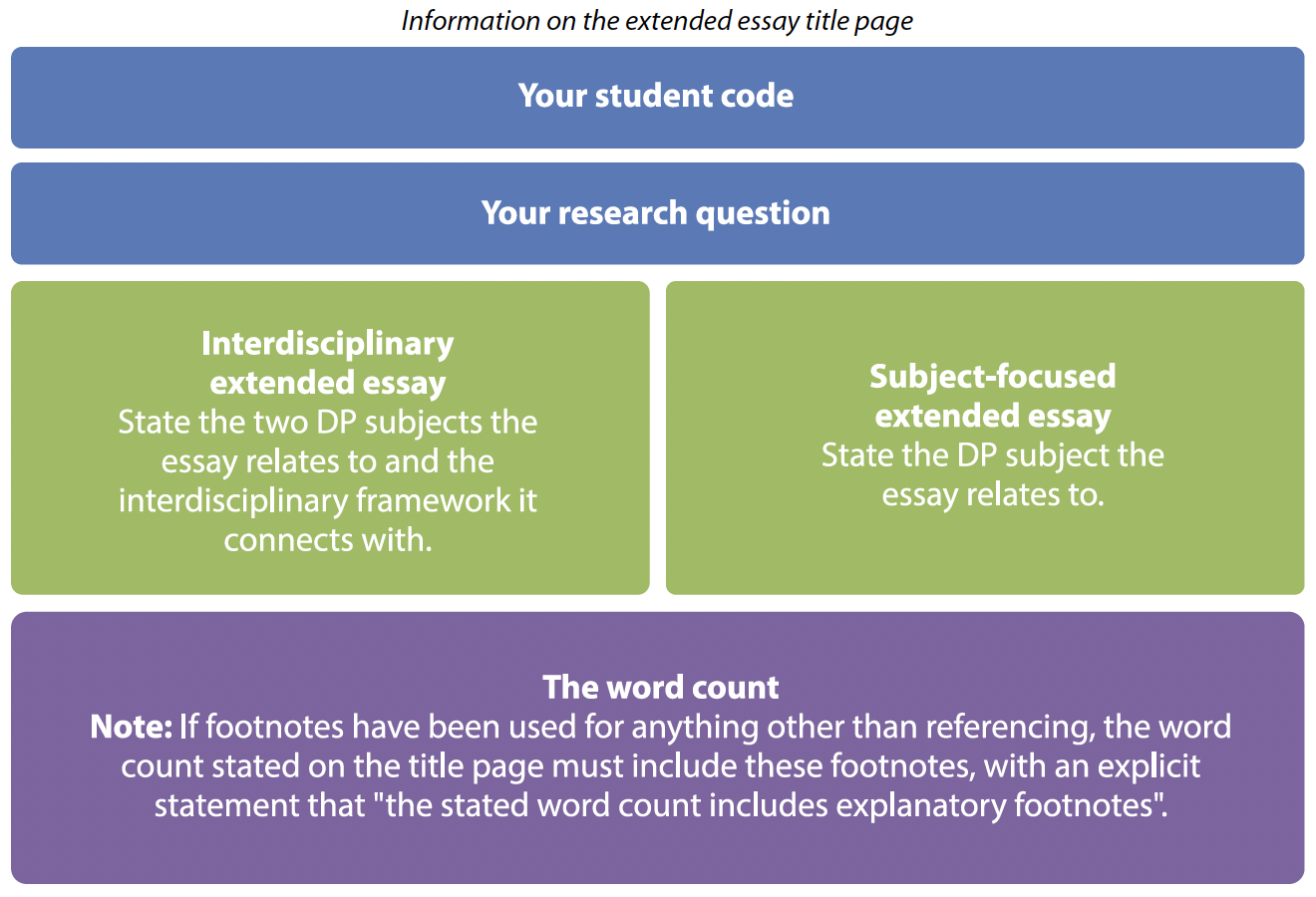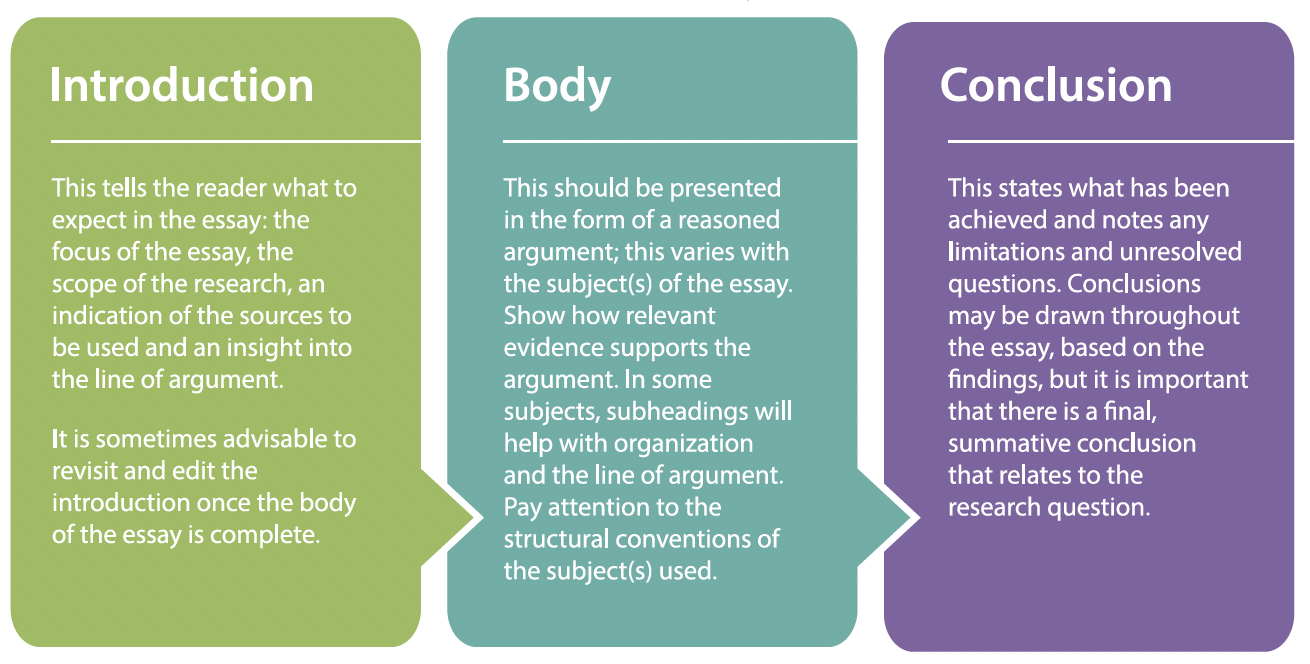

The balance is important: too little support might limit your potential, but too much support compromises your independence and academic integrity.
EE Support Materials pg 20 & ASK EE
Prompt to try in FLINT for EE draft feedback
*Remember to pay attention to AI ACCURACY. It tends to be overly generous and inflate marks. It may also bring in guidance from an outdated version of the EE Guide. When in doubt, Trust Your Supervisor!
PROMPT
Evaluate my Extended Essay draft in [subject] using the IB Extended Essay rubric for May 2027 submissions. Provide separate, criterion-aligned feedback for:
For each criterion:
General requirements:
Deliverables:
I will attach the draft and indicate the subject discipline and research question. If the rubric you have differs, ask for the exact rubric version.
In your final extended essay that you are ready to submit, please check the following.
Documentation Checklist- Are your citations correct? This will impact your Academic Integrity.
EE Support Materials pg 50
Your extended essay should be clearly written in a formal academic style, appropriate to the subject(s) from which the topic is drawn. Given that the extended essay is a formally written research paper, it should strive to maintain a professional, academic look.
To help achieve this, follow this formatting guidance.
Submitting your extended essay in the required format will help set the tone of the essay and will aid readability for on-screen assessment by examiners.
Overall structure
 The structure of your essay is very important because it helps you to organize your line of argument.
The structure of your essay is very important because it helps you to organize your line of argument.
The following structural conventions must be present in the essay you submit for assessment.
In addition to the recognized structure of any extended essay, as above, it is also important to incorporate any structural conventions that relate to the subject(s) you are using.

Word counts
The upper limit for all extended essays is 4,000 words. Note that examiners are instructed not to read or assess any material in excess of the word limit.
This means that essays containing more than 4,000 words will be negatively compromised across all assessment criteria. You should therefore ensure that your essay remains within the word limit. If the word count of your final draft is over 4,000 words you should edit it down accordingly.
The table below provides specific guidance on the content that is and is not included in the word count.
| Included in Word Count | NOT Included in Word Count |
|---|---|
| The Introduction | Table of Contents |
| The Body | Headers (next to pg #) |
| The Conclusion | Maps, Charts, Diagrams, Annotated Illustrations |
| Quotations | Tables |
| Footnotes (that are not citations) | Equations, Formulas & Calculations |
| Section headings in the text | Citations: paranthetical, numbered, or footnotes |
| The Bibliography | |
| The Reflection |
Students writing in Chinese, Japanese or Korean
Students writing their extended essay in Chinese, Japanese or Korean should use the following conversions.
When typing in Chinese, Japanese or Korean, word processing software is likely to include the number of characters and punctuation in the word count. Students should not include punctuation in the word count for assessed work. The word count should only reflect the number of characters typed.
EE Guide pg 87-92
Word count
Extended essays should be 4,000 words long or fewer. The examiner will stop reading an essay once the 4,000-word mark is reached. Anything after the word limit will not be read and will not count towards your mark. If your essay is longer than 4,000 words, the examiner might not even reach your conclusion or could miss some of your argument.
The following are some key points to consider in managing your word count.
Reducing Word Count:
Raising Word Count
EE Supporting Materials pf 39-41